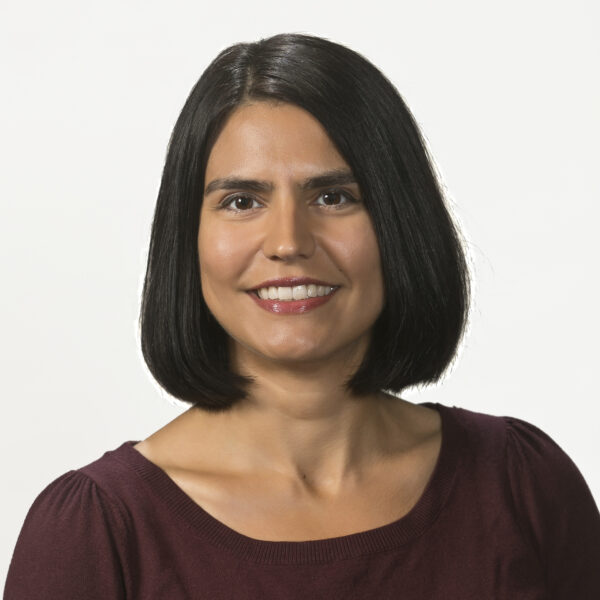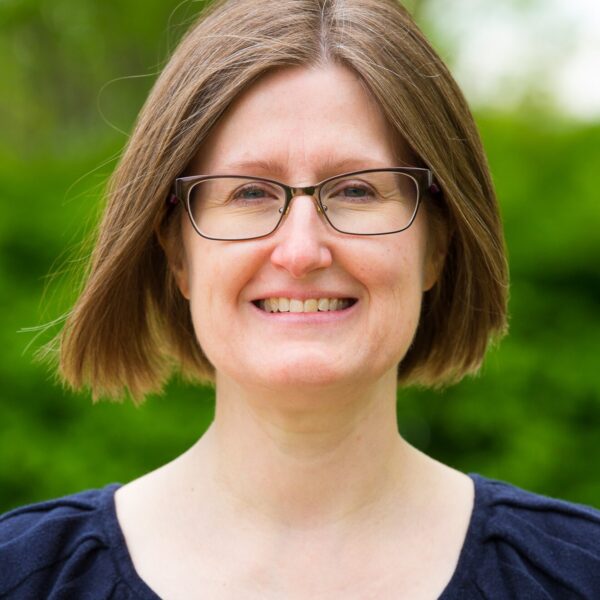The Library’s Role with Open Educational Resources
A Conversation with Librarians
Our latest US Faculty Survey examined faculty perspectives and attitudes about using and creating Open Educational Resources (OER). Not only were we able to track how these perspectives changed over time, but we were also able to understand how the pandemic affected OER consumption and creation. As expected, the adoption and creation of OER textbooks, course modules, and video lectures increased since the last national survey cycle, yet faculty indicated that they are less interested in creating and using them going forward.
This discrepancy can be puzzling for librarians, teaching and learning center staff, and administrators to navigate as they seek to better support faculty and students. Often the OER landscape is challenging for faculty members, and the continued lack of incentives, either monetary or through new professional development opportunities, may be at the root of their lack of interest.
To better understand faculty perceptions about OER, we invited two James Madison University librarians to discuss their experiences supporting faculty with accessing, using, and creating OER:
- Yasmeen Shorish, Director of Scholarly Communications Strategies and Special Advisor to the Dean for Equity Initiatives
- Liz Thompson, Open Education Librarian
In the early days of the pandemic and the abrupt and necessary transfer to remote instruction, it makes sense that we saw an increase in the adoption and creation of OER. Yet, despite the increase in their use, how might we explain that interest in using or creating OER has not increased substantially?
 Yasmeen: Unfortunately, while interest in education affordability has certainly increased, faculty time has not. In fact, since the pandemic I would say that we have seen more demands on faculty time and increased levels of overall fatigue. While the immediate pressures of the pandemic forced rapid pivots, with that pressure reduced, it is difficult for faculty and departments to consider larger scale adoption of OER, much less creation.
Yasmeen: Unfortunately, while interest in education affordability has certainly increased, faculty time has not. In fact, since the pandemic I would say that we have seen more demands on faculty time and increased levels of overall fatigue. While the immediate pressures of the pandemic forced rapid pivots, with that pressure reduced, it is difficult for faculty and departments to consider larger scale adoption of OER, much less creation.
 Liz: The process of adopting and creating OER differs from conventional course design activities in a few significant ways that require more investment from faculty. OER publishing is increasing across disciplines, but there are still content gaps in some areas. Where there are gaps, the process of creating and updating course materials is time intensive. Often instructors don’t have support for adopting and creating OER in terms of time or access to publishing services. For the faculty who are interested in OER, the pandemic teaching and learning disruptions caused many to put OER projects on hold.
Liz: The process of adopting and creating OER differs from conventional course design activities in a few significant ways that require more investment from faculty. OER publishing is increasing across disciplines, but there are still content gaps in some areas. Where there are gaps, the process of creating and updating course materials is time intensive. Often instructors don’t have support for adopting and creating OER in terms of time or access to publishing services. For the faculty who are interested in OER, the pandemic teaching and learning disruptions caused many to put OER projects on hold.
What pandemic-related challenges did faculty face when using or creating OER? How might the pandemic have inversely impacted OER creation and/or adoption?
Liz: Some faculty who had expressed an interest in OER did temporarily adopt open textbooks when electronic materials were in heavy demand. OER tend to be born-digital with options for physical copies, and electronic access was in high demand when people were unable to access print course materials early in the pandemic.
For those who had no prior introduction to OER, they were entirely focused on shifting teaching and learning modalities, which left little time for considering new content. For the most part, I saw faculty spend significant energy to learn new teaching and learning technologies. Shifting modalities and bringing students along on that journey is often an iterative process that can span multiple semesters and years.
As we ease back into face-to-face teaching, faculty are deciding which changes they want to keep. I sense that as faculty become comfortable with the current environment, they are starting to have space to consider the impact of their required course content. This fall, I have seen a substantial increase in interest in OER through workshops and consultations with faculty.
We saw that a larger share of younger faculty are interested in using and creating OER than their older colleagues. What are some specific ways to support the creation and use of OER to capitalize on the enthusiasm of younger faculty?
Yasmeen: Institutional recognition of the value of creating and using OER is a way to highlight the contributions of these younger faculty. Supporting communities of practice, amplifying the work through conference presentations, and supporting departmental professional development opportunities are all ways that this engagement can be celebrated and encouraged.
Liz: Yes, definitely recognition! And when OER is not explicitly included in annual review, promotion, and tenure processes, faculty are likely to forgo OER projects and direct their energy toward officially recognized activities. Documenting the value of OER adoption and creation through institutional guidelines empowers faculty to devote time and resources to this work. The DOERS3 framework is one example of how institutions can establish connections between OER and teaching, research, and service expectations.
As librarians supporting OER creation, development, and use, what are your biggest challenges? What might an institution be able to do to better support faculty and librarians with adopting OER?
Yasmeen: Certainly time is the biggest challenge to OER creation, development, and use. There are only so many hours in the day for faculty to teach, grade, advise, research, write, serve on committees, and so on. Everyone creates an internal prioritization list when determining how to fill those hours, and the activities that are evaluated and judged will naturally fall higher on that list. Certainly creating, developing, and using OER can fold into those activities but in many cases, this work is not well reflected in promotion and tenure guidelines which—intentionally or not—results in implicit deprioritization of the work. Institutions can recognize that this work is valuable to the educational enterprise by making OER use an institutional priority or value, by encouraging faculty to use their time to consider how curricula can utilize these resources, and by providing recognition for the labor in promotion and tenure, or other systems of recognition. Resourcing for personnel and infrastructure to support the creation of OER is another critical component of this work, as adequate funding is a reflection of values and priorities.
Liz: Faculty often want confirmation that they haven’t missed a potential resource. With so many institutional OER repositories and collections, searching for OER through each independent site is an extensive, sometimes unsatisfying, process. Also when faculty want to create their own OER, the biggest challenge is to find support resources. If publishing services like copy editing and design are not in a library’s suite of services, finding partners and funding to create OER can be challenging. And institutionally, recognizing open educational resources as evidence of positive performance in professional review processes can eliminate a significant challenge and enable faculty to integrate OER into their portfolios.